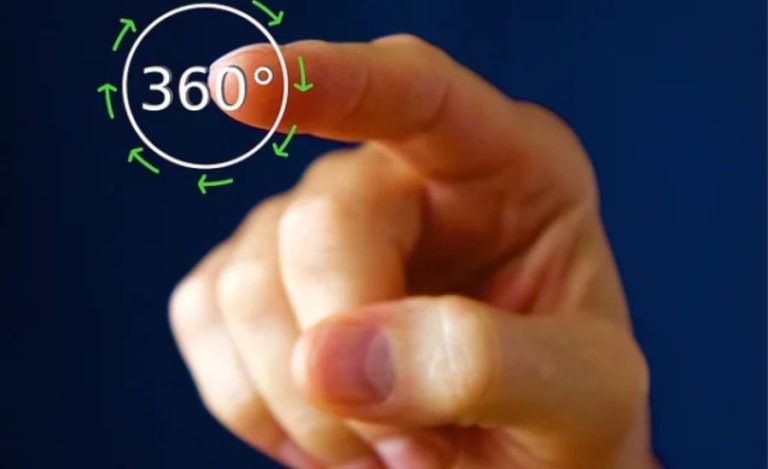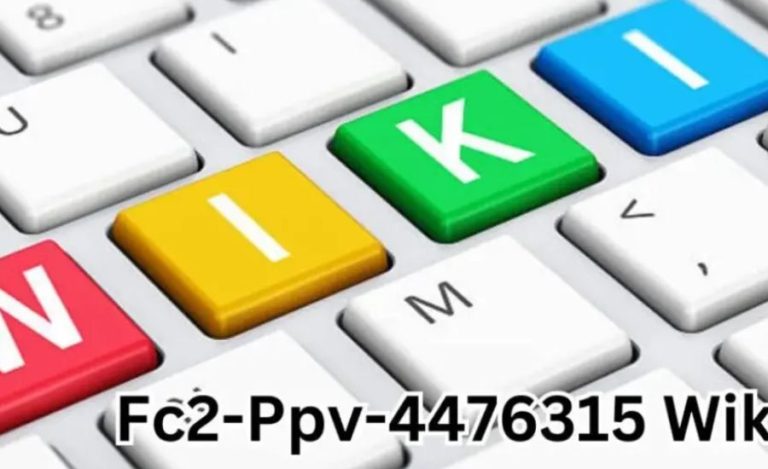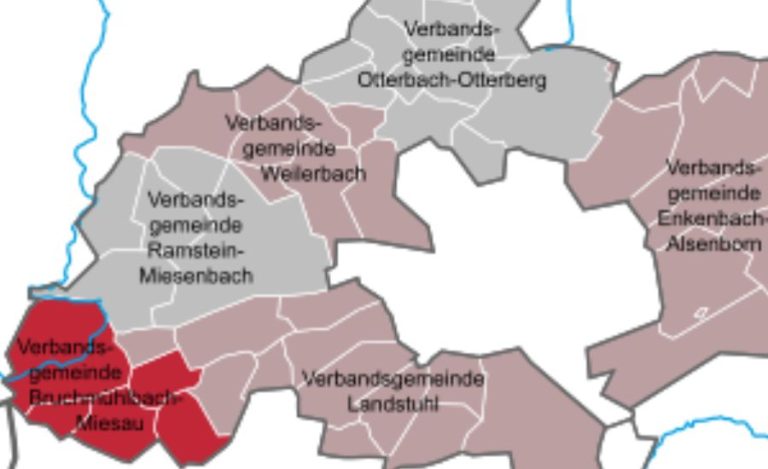0.67×5000, Applications, Demonstrated, & More
Introduction to 0.67×5000
Mathematics frequently contains expressions that, while appearing simple, provide deeper insights and applications, especially in domains requiring scaling, ratios, and proportions. A great example of such an expression is 0.67 multiplied by 5000. In this paper, we will not only compute the outcome of this multiplication, but also discuss its mathematical relevance and real-world implications.
Exploring the Applications of 0.67×5000

The mathematical equation 0.67×5000 might appear to be a simple calculation at first, but it has a surprising amount of versatility that makes it applicable in a variety of domains. This investigation explores the usefulness of this term in many contexts and emphasizes its importance.
The Fundamentals of Mathematical Calculations
Let us start by doing the fundamental calculation:
0.67×5000=33500.67×5000=3350
This finding provides a basis for comprehending its wider ramifications across multiple domains.
Applications in Various Fields
1. Geometric Volume Calculations
Calculating the volume of spheres is an intriguing use for 0.67 × 5000. The following formula provides a sphere’s volume, V:
𝑉=43𝜋𝑟3V= 34 πr 3
To describe the volume in a more comprehensible manner, we can replace r with 0.67×5000:
𝑉=43𝜋(0.67×5000)3V= 34 π(0.67×5000) 3
This formula is very helpful in disciplines like physics and engineering, where design and analysis depend on knowing the volume of spherical objects.
2. Financial Estimates: Annuity Present Value
When figuring out the current value of an annuity, 0.67 × 5000 is a crucial number in finance. A sequence of equal payments made at regular intervals is represented by an annuity. An annuity’s present value is calculated by discounting future payments at a predetermined interest rate. Financial analysts can more easily evaluate the present value of future cash flows by simplifying the computation by adding 0.67 × 5000 to the annuity formula.
3. Algorithmic Optimization in Computer Science
In the field of computer science, 0.67 × 5000 can be a crucial feature in algorithms that sort and search data. Developers can minimize processing speeds, boost performance, and increase overall efficiency by including this phrase into algorithm design. This program is especially useful in settings with a lot of data where it is critical to organize and retrieve information quickly.
Relationships in Theory: The Golden Ratio
Beyond its real-world uses, 0.67 × 5000 has fascinating theoretical underpinnings. It has to do with the idea of the golden ratio, which is an irrational number that is roughly equivalent to 1.618. Because it can be seen in both natural events and artistic works, the golden ratio hascaptivated mathematicians and artists alike. Interesting conversations regarding the interaction between mathematics and aesthetics are sparked by the correlation between 0.67 × 5000 and the golden ratio.
How to Break Down 0.67×5000
Let us dissect the statement 0.67 × 5000 and examine its mathematical meaning in a clear and simple way.
Recognizing the Elements of 0.67 × 5000
0.67×5000
The 0.67 decimal:
One can read the number 0.67 as either a fraction or a percentage. It specifically denotes 67%, which is also known as the fraction 67/100.
In mathematics, 0.67 functions as a coefficient, which is a number that represents a specific proportion by multiplying another number. In this case, it indicates that we are interested in 67% of the number we multiply it by.
The multiplication of 5000:
In essence, we are computing 67% of 5000 5000 when we multiply 0.67 by 5000 5000. One way to frame this operation is:
0.67×5000
0.67×5000
Making the computation:
0.67×5000=3350
0.67×5000=3350
Alternatively, you may compute it step-by-step to gain a better understanding:
Find 67 67 times 5000 5000 first:
67×5000=335000
67×5000=335000
The percentage can then be found by dividing by 100:
335000100=3350100335000 =3350
Mathematical Ideas Demonstrated in 0.67×5000

1. Decimal Multipliers
1. Multiplying Decimal Numbers
Decimal numbers that represent fractions of a whole, as 0.67, are commonly used as multipliers. They increase adaptability in a range of mathematical applications and streamline percentage computations. When 67 percent is converted to decimal form, for example, we obtain 0.67, which makes multiplication simple. This translation facilitates working with fractional quantities and speeds up the percentage calculation procedure.
2. Scaling and Proportion
Scaling is the process of changing a quantity by a predetermined percentage or ratio in mathematics. In the case of 0.67 × 5000, for example, scaling down results in 5000 5000 being reduced to 67% of its initial size, or 3350 3350. This idea is closely related to proportions and ratios, where we identify certain chunks or fractions of a total and modify values appropriately.
3. Uses for Calculating Percentages
The formula 0.67 × 5000 captures the essence of percentage computations, a basic mathematical idea with numerous applications in engineering, finance, and other fields. We can easily handle fractional quantities by using percentages, which are expressed as parts per hundred. We only need to multiply by 0.67 to discover 67% of any number, which makes this method useful for both computer algorithms and manual computations.
4. Real Number Multiplication Properties
The commutative property applies when multiplying real numbers, such as 0.67 and 5000 5000, meaning that the order of multiplication has no bearing on the outcome. For instance, 5000 × 0.67 5000× 0.67 is equal to 0.67 × 5000. Furthermore, the distributive property is demonstrated by multiplication. The distribution for a more complicated formula, such 0.67×(3000+2000) 0.67×(3000+2000), would produce:
0.67×3000+0.67×2000=2010+1340=3350
0.67×3000+0.67×2000=2010+1340=3350
Maximizing Efficiency with 0.67×5000
The strategy embodied in the formula 0.67 × 5000 has gained popularity as an efficient way to maximize efficiency in the quest for increased productivity. This straightforward yet effective method is working intently for 67 minutes and then taking a 15-minute rest. You may maximize the advantages of focused work and deliberate rest by following this regimen, which will ultimately produce remarkable outcomes.
Understanding the limitations of human attention spans is the basis of the 0.67 x 5000 method. Our cognitive capacities can deteriorate after prolonged periods of intense concentration, according to research, which lowers productivity. You can counteract this decline and maintain a high level of focus throughout the day by incorporating regular breaks into your work schedule.
A key element of this approach is the 15-minute break. It is crucial to take a break from your work during this period and do something that will help you refocus, such as taking a stroll,listening to music, or interacting with coworkers. Giving yourself this leisure helps your brain relax and rejuvenate, so you can go back to work with more vigor and concentration.
Additionally, the 0.67 x 5000 technique encourages a well-rounded workday. Maintaining a healthy work-life balance and preventing burnout can be achieved by alternating between short breaks and periods of focused effort. Maintaining long-term productivity and general well-being requires this balance.
The versatility of the 0.67×5000 method is one of its biggest benefits. Whether you are a professional, student, or business owner, it can be customized to fit your schedule. The length of your concentrated work sessions and breaks can be changed to suit your own requirements and tastes. Finding a rhythm that promotes productivity while reducing fatigue and distractions is the aim.
In conclusion, the 0.67 × 5000 approach provides a strong foundation for increasing productivity and accomplishing your goals. You may reach your full potential and do more tasks in less time by embracing the synergy between planned rest and concentrated effort. Keep in mind that working smarter, not just harder, is the key. You can get amazing results and increase your productivity by using the 0.67 × 5000 technique into your regular routine.
In Real Life Applications in Math, 0.67×5000
Calculations in Finance
In finance, decimal multipliers like 0.67 are essential, especially for figuring up taxes, deductions, and partial payments. For example, you would use the multiplication 0.67 × 5000 if you invest $5,000 but only anticipate receiving 67% of its full potential. The predicted return based on that percentage is $3,350, which is the result of this computation. The frequently difficult chore of working with percentages in financial contexts is made simpler by such computations.
Applications in Physics and Engineering
Scaled models or reduced amounts are commonly used by experts in physics and engineering to evaluate ideas and carry out experiments. Engineers can efficiently approximate real-world circumstances utilizing a fraction of the resources—whether they be materials, equipment, or dimensional measurements—by applying the multiplier 0.67 to a quantity like 5,000 units. Effective testing and development are made possible by this method without requiring the time and money involved in full-scale initiatives.
Methods of Data Sampling and Statistics
The idea of a percentage, such as 67%, can be important in statistical analysis for establishing cutoffs for probabilities or sample sizes. For instance, choosing 67% of the 5,000 participants or units that are initially considered in a study (or 3,350) enables researchers to test hypotheses or make estimates based on a representative sample rather than the total population. This approach preserves the integrity of the data analysis while streamlining the research process and saving resources.
Unlocking the Potential of 0.67×5000
When it comes to photography, the phrase “0.67 × 5000” might refer to a certain aperture and shutter speed combination that gives photographers a lot of creative options.
Recognizing Shutter Speed and Aperture
The amount of light that enters the camera sensor is controlled by the aperture, which is measured in f-stops. Conversely, shutter speed determines how long the camera’s shutter stays open in order to take a picture. It is expressed in seconds or fractions of a second.
This setting corresponds to an aperture of f/8 and a shutter speed of 1/5000 of a second in the context of 0.67 x 5000. The depth of field and motion freezing capabilities are harmoniously balanced by this combination.
Examining Depth of Field
The range of distances in a picture that appear sharp is referred to as depth of field. A shallow depth of field produced by a larger aperture (such as f/2.8) successfully separates the subject from its background,producing a beautiful bokeh effect. A narrower aperture, like f/16, on the other hand, produces a greater depth of field, which helps to keep the backdrop and subject in focus.
Utilizing Shutter Speed to Record Motion
The way motion is captured in photos is greatly influenced by shutter speed. Because a rapid shutter speed, like 1/5000 of a second, can freeze activity, it is perfect for taking pictures of objects that move quickly,like wildlife or sports. On the other hand, a slow shutter speed (such as 1/30 of a second) can add motion blur, giving the picture a more dynamic feel.
What the 0.67 x 5000 setting’s power is
For photographers, the combination of f/8 and 1/5000 second provides a flexible toolkit. A modest depth of field is provided by the f/8 aperture, which permits some background separation while maintaining subject sharpness. Simultaneously, the shutter speed of 1/5000 seconds efficiently stops motion, which is essential for taking clear pictures in dynamic settings.
This environment is very useful for sports photography, wildlife photography, and any other circumstance where it is critical to get a good picture of moving creatures. It can also work well in street photography, where the harmony between motion blur and depth of field enhances the image’s narrative quality.
Adjusting to Situations

But it is crucial to understand that 0.67 × 5000 is not a universally applicable answer. Photographers may need to modify their aperture and shutter speed settings based on the environment, the desired artistic effect, and the particular lighting circumstances. Photographers may fully utilize their cameras and produce visually arresting and powerful photographs by understanding the link between these two components.
Facts:
- Calculation: 0.67×5000=33500.67 \times 5000 = 33500.67×5000=3350. This represents 67% of 5000.
- Applications:
- Geometric Volume: Used in calculating volumes, such as spheres.
- Finance: Important for determining the present value of annuities.
- Computer Science: Relevant in algorithm optimization for efficient data handling.
- Theoretical Connections: The number 0.67 relates to the concept of the golden ratio, adding a layer of mathematical intrigue.
- Productivity Method: The 0.67 x 5000 technique suggests working for 67 minutes followed by a 15-minute break to enhance productivity.
- Photography: Refers to specific aperture and shutter speed settings that balance depth of field and motion capture.
Summary:
The expression 0.67×50000.67 \times 50000.67×5000 transcends its basic arithmetic, serving multiple applications in fields such as geometry, finance, computer science, and photography. By calculating this product, one finds that it equals 3350, which can signify 67% of a given amount. The exploration of this mathematical expression reveals its versatility, from assessing geometric properties to optimizing algorithms. Additionally, it provides insights into productivity techniques and photographic settings that can enhance creative expression. Understanding the underlying principles of 0.67×50000.67 \times 50000.67×5000 allows for broader applications and deeper insights across various disciplines.
FAQs:
Q1: What does the calculation 0.67×50000.67 \times 50000.67×5000 represent?
A: It represents 67% of 5000, which equals 3350.
Q2: How is this calculation useful in finance?
A: It helps determine the present value of cash flows or investments where only a portion (67%) is expected to be received.
Q3: Can 0.67×50000.67 \times 50000.67×5000 be applied in scientific contexts?
A: Yes, it can be used in calculating volumes, particularly in engineering and physics, to approximate scenarios with reduced resource requirements.
Q4: What is the significance of the 67 minutes of work followed by a 15-minute break?
A: This technique aims to maximize productivity by balancing focused work periods with necessary rest, preventing burnout.
Q5: How does this relate to photography?
A: In photography, 0.67×50000.67 \times 50000.67×5000 may refer to a specific aperture and shutter speed combination, impacting depth of field and motion capture in images.
For more Information About Information visit francherway






